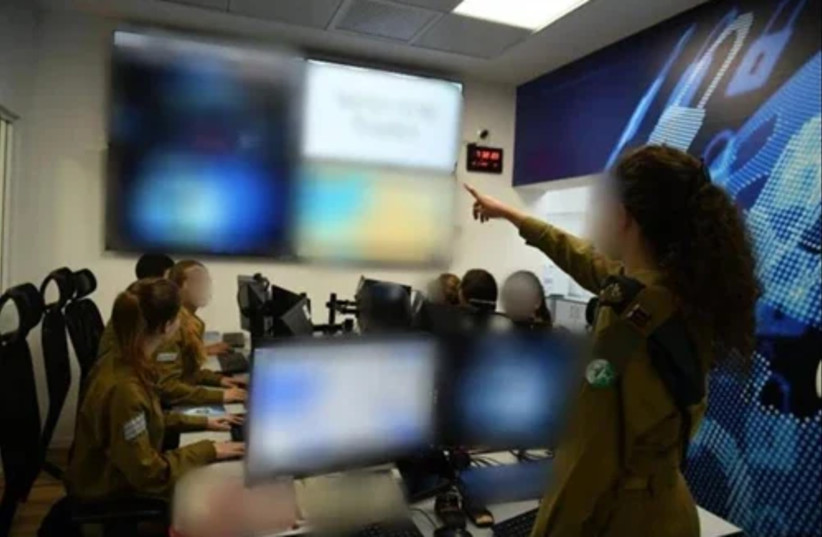Israeli security officials revealed to The New York Times facial recognition technology used in Gaza by IDF intelligence units, including the cyber-intelligence division Unit 8200, to locate hostages and members of terrorist organizations.
The technology was initially used in Gaza to search for Israeli hostages taken by Hamas during Hamas’s massacre on October 7, The New York Times reported on Wednesday, citing anonymous intelligence officials.
After Israel began its ground offensive in Gaza, the program was increasingly used to root out anyone with ties to Hamas or other terrorist groups.
The three security officials who revealed the information to The New York Times told the publication that they did so because they were concerned that it was a misuse of time and resources by Israel, the report said.
The facial recognition program uses technology from Corsight, a private Israeli company, and Google Photos as well. The IDF uploads a database of known persons to Google Photos and then uses the service’s photo search function to identify people. The Corsight technology allows intelligence personnel to identify faces from crowds and grainy drone footage and identify them. However, the technology is not entirely accurate.

According to Corsight’s website, its technology requires less than 50% of a face to be visible for accurate recognition. The New York Times reported that Corsight’s president posted on LinkedIn that the facial recognition technology could work from “extreme angles, even from drones, darkness, poor quality.”
Example of a mistaken arrest
The report recounts the arrest of a Gazan poet, Mosab Abu Toha, who was identified using this technology. He was taken for interrogation by the IDF and allegedly beaten and interrogated by the IDF for two days before being returned to Gaza. When he was released, the IDF told him his interrogation had been a “mistake.” In a statement, the IDF said the poet had been taken for questioning because of “intelligence indicating a number of interactions between several civilians and terror organizations inside the Gaza Strip.”
Mosab Abu Toha wrote about his experience in The New Yorker and credits his release to a campaign led by journalists at The New Yorker and other publications. He said the IDF knew his full legal name without having said a word.
After October 7, Israeli intelligence officials in Unit 8200 were told to create a “hit list” of Hamas members who participated in the massacre. The unit also reviewed footage of the attacks from security cameras and videos uploaded by Hamas to social media. At this point, Corsignt was then brought in to create a facial recognition program in Gaza, three intelligence officials recounted.
As the operation in Gaza expanded, the facial recognition program grew. Soldiers entering Gaza were given cameras with the technology, and soldiers set up checkpoints along roads that Palestinians were using to flee from combat areas, with cameras scanning faces.
The IDF refused to comment on activity in Gaza but said the military “carries out necessary security and intelligence operations while making significant efforts to minimize harm to the uninvolved population.” He added, “Naturally, we cannot refer to operational and intelligence capabilities in this context.”
As artificial intelligence technology advances, facial recognition technology is increasingly used globally. Sometimes, it facilitates easier traveling, and sometimes, it is used for authoritarian purposes, like in Russia or China.
